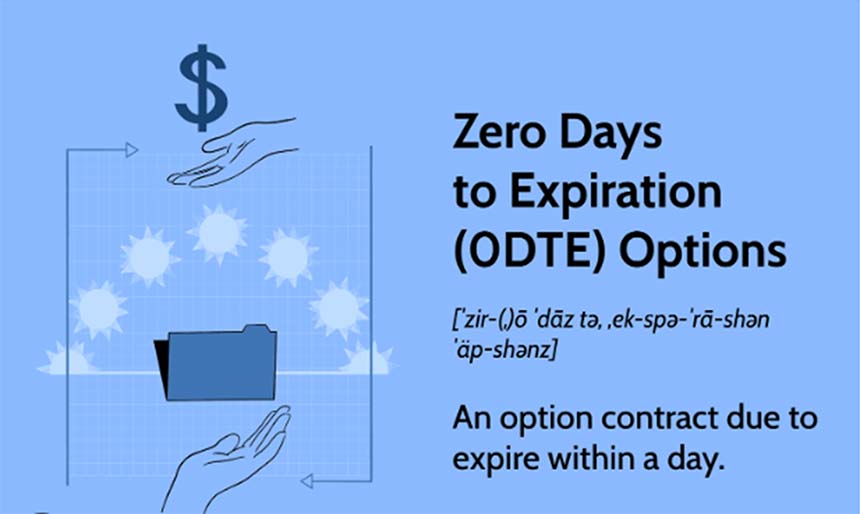When it Comes to Positioning – Size Matters
Last week I talked about stop losses as one of my top strategies to minimize risk when trading.
Today, I’m going over another important risk management strategy – position sizing.
Position sizing is the process of determining the amount of capital to allocate to a particular investment or trade. It involves deciding how much of your portfolio or trading account to commit to a specific asset or trade opportunity.
It’s also crucial for managing risk and maximizing returns, as it helps traders and investors control the impact of each trade on their overall portfolio performance.
It considers factors such as risk tolerance, account size, trading strategy, and market conditions to determine the appropriate size of each position.
Here are 4 ways to position size:
- Fixed Dollar Amount: Investing a fixed dollar amount, like $1,000, in each trade or investment regardless of the asset’s price.
- Percentage of Portfolio: Allocating a certain percentage, such as 5% or 10% of your total portfolio value to each trade.
- Volatility-Based Sizing: Adjusting position size based on the volatility of the asset, such as using the Average True Range (ATR) indicator to determine position size relative to the asset’s recent price movements.
- Risk-Based Sizing: Calculating position size based on the amount of risk you’re willing to take on each trade. This is often measured as a percentage of your total trading capital or as a percentage of the distance between your entry price and stop-loss level.
Each method has its own benefits and drawbacks, and the most suitable approach depends on your risk tolerance, trading strategy, and financial goals.
My preference has always been 4% as a maximum allocation to stocks (besides income producing vehicles like preferred stocks or bonds).
When position sizing, it’s important to determine the amount of capital to allocate to a particular investment or trade. It involves deciding how much of your portfolio or trading account to commit to a specific asset or trade opportunity.
How to Position Size for Options:
Options are a little more complex in nature due to their inherent volatility and relationship to time (decay). But, there are still ways to position size your options trades:
- Contract Size Relative to Account Size: Decide what percentage of your total trading capital you’re willing to allocate to options trading. For example, if you have $10,000 and you’re comfortable risking 2% of your capital on each trade, that’s $200 per trade.
- Option Premium: Consider the price of the options contract. If an option contract costs $0.50, and you’re risking $200 per trade, you could buy 4 contracts
- Delta Adjustments: Take into account the delta of the options contract, which measures the sensitivity of the option’s price to changes in the underlying asset’s price. Higher delta options contracts may require smaller position sizes compared to lower delta options contracts.
- Risk Management: Factor in your risk tolerance and set stop-loss levels to limit potential losses on each trade. Adjust your position size accordingly to ensure that if your stop-loss is hit, you only lose the predetermined amount of capital.
Position sizing is one of the most important concepts of investing at any level and for any investment class – stocks, bonds, options, real estate or any other investment. It’s how to make sure one investment doesn’t torpedo your entire portfolio.
![]()
YOUR ACTION PLAN
Position sizing is one of the biggest strategies we stress in The War Room. It’s a major part of our overall investment philosophy, and it’s one of the reasons we’ve been able to post a 83% win rate on all our trades in 2024.
Click here to follow along with our trades in The War Room today.
More from Trade of the Day
The No. 1 Insider Stock for 2024?
Jul 26, 2024
Why I’m Buying This 3-month Trigger Catalyst
Jul 24, 2024
Jul 23, 2024

























